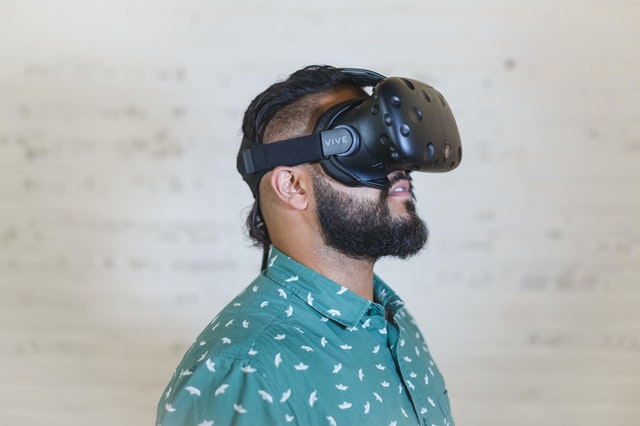
Virtual reality has a number of exciting potential applications in medicine, from training surgeons to treating pain. One of the more interesting applications that has been explored involves teaching physicians and medical students about empathy. When treating patients, empathy is a critical skill that helps physicians connect and understand where patients are coming from when they are ill. One of the most common complaints about physicians pertains to their communication skills. Physicians work long hours and care for many patients in a high-stakes environment, so it makes sense that people skills get lost along the way. Unfortunately, this issue can ultimately lead to poor care, as patients may become frustrated and leave the office or stop listening to their physician altogether.
How Virtual Environments Can Improve Communication
Communication is essential in health care. Providers are often breaking bad news to patients or explaining complicated diagnoses to people with no background in physiology. To tackle this issue, one company is creating “virtual patients” that hospitals in the United States and Europe can use to develop better skills when it comes to communicating sensitive information. The startup is called Virti, and its product launched as a way of providing data directly to providers on soft skills like communication. The patients are set in a virtual reality world and driven by artificial intelligence (AI) that allows them to interact with doctors as if they were real patients. This provides a low-stakes environment for practicing interpersonal skills and obtaining feedback on empathy.
Virti’s software is easily accessible through a smartphone or a computer for a two-dimensional experience and through virtual reality headsets for a more immersive environment. The program provides a score to doctors at the end of the session. The system takes into account several factors when determining the score, ranging from whether the diagnosis was correct and the type of questions they asked the patient to ensure sufficient understanding and to explore concerns. In addition, the program pays close attention to timing. When communicating with one another, time is often crucial for physicians, so they are accustomed to saying a lot in a short period of time. However, with patients, it is important to slow down or else understanding will not be possible. The feedback gives physicians a better idea of what they need to work on when they talk to real patients.
Quick Adoption of the Virti Training Environment

So far, the program has been adopted by the Health Education Center at the University of Texas Medical Branch in Galveston as a way of teaching medical students how to communicate effectively. For medical students, this simulation is a great way to test their medical reasoning skills and give them a chance to practice how they think through issues while maintaining empathetic communication. This skill is extremely difficult, but getting a head start on it during medical school is a great way to train clinicians for real-world communication. In addition, Cedars-Sinai Medical Center in Los Angeles has adopted the program for its clinicians to use and has since invested in Virti because the organization is so impressed with the program’s ability to improve physician empathy.
In 2019, Cedars-Sinai gave $2 million in seed round funding to Virti, which used it to create a sales team and make key improvements to its analytics software. For its part, Cedars-Sinai has continued to adopt the software for new applications. Most recently, the organization implemented it as a training program for medics who were on the frontlines of the coronavirus pandemic. In addition, the NHS, which is the national healthcare system of the United Kingdom, used the program during the pandemic to teach people how to use personal protective equipment properly while also engaging with patients and their families in a supportive, meaningful way. Doing so while curbing anxiety can be extremely difficult.
The Benefits and Limitations of the Virti Virtual Patient
The Virti program is based entirely in the cloud and driven by speech recognition. The AI generates characters that simulate a real interaction and develops responses based on questions posed by the clinician. The software analyzes the tone and cadence of the answers provided to patients, as well as the quality based on medical knowledge. Physicians can probe with further questions, which are also analyzed in a similar fashion. With the virtual reality experience, additional metrics can be achieved, such as tracking eye contact, which is tricky in the clinical setting. Too much eye contact can seem aggressive, but too little can feel avoidant. Feedback on this aspect can prove especially illuminating.
While the Virti platform has a lot of benefits, there are also some drawbacks. The fake patients are intended to mimic real people in terms of their mannerisms and body language, but people who are in pain or who have other symptoms can react in unpredictable ways. Furthermore, actual patients do not always give the information necessary for an accurate diagnosis, although the Virti patients will do so when probed for more information. However, Virti is working to make the virtual patients as realistic as possible and have introduced features to tackle important topics like implicit bias by making it possible for hospital systems to customize the patients’ skin color, age, gender, and more. Moving forward, it will be interesting to see what new features are introduced.
